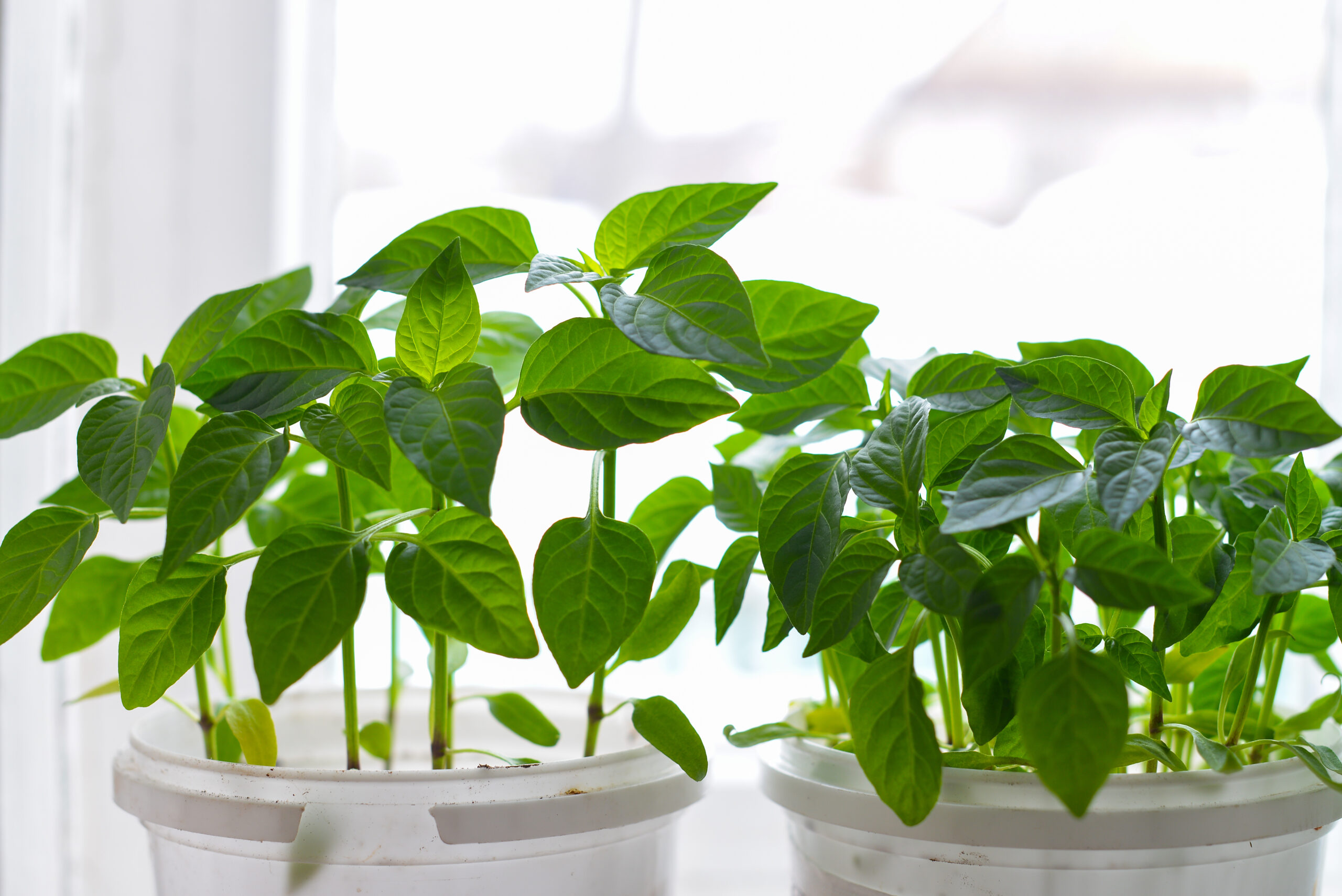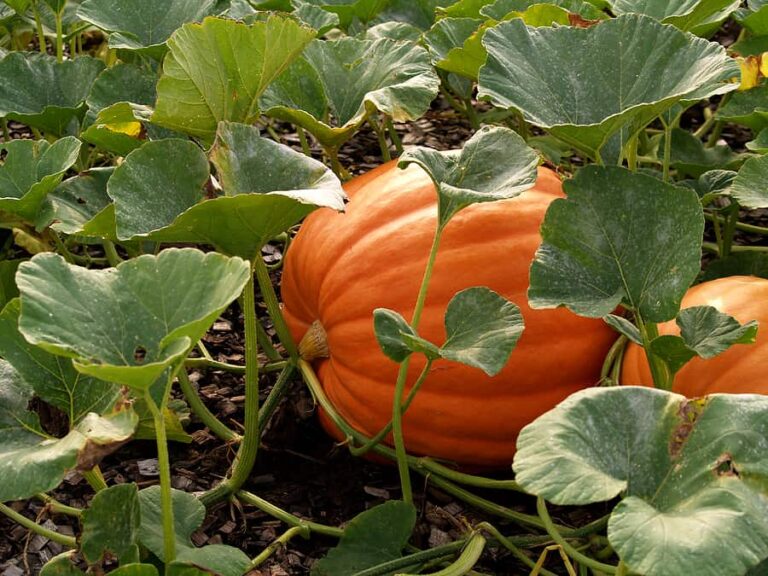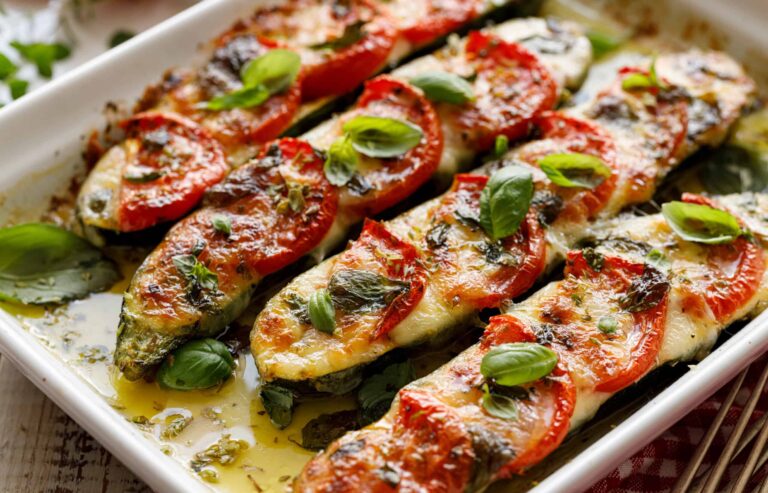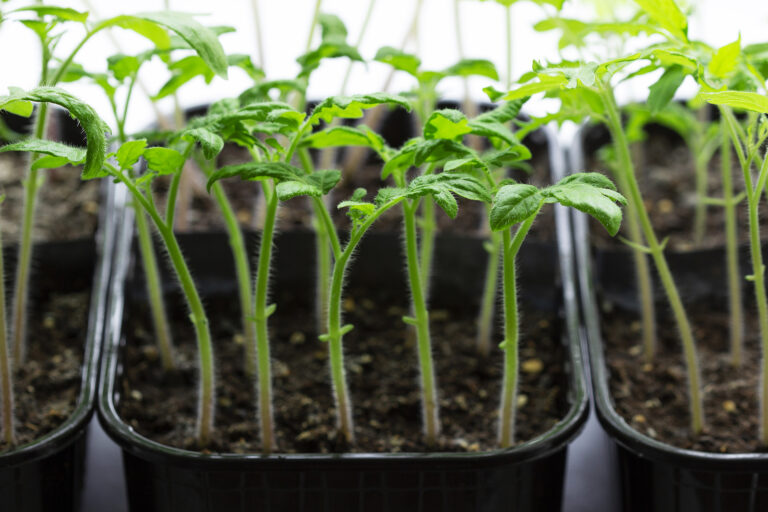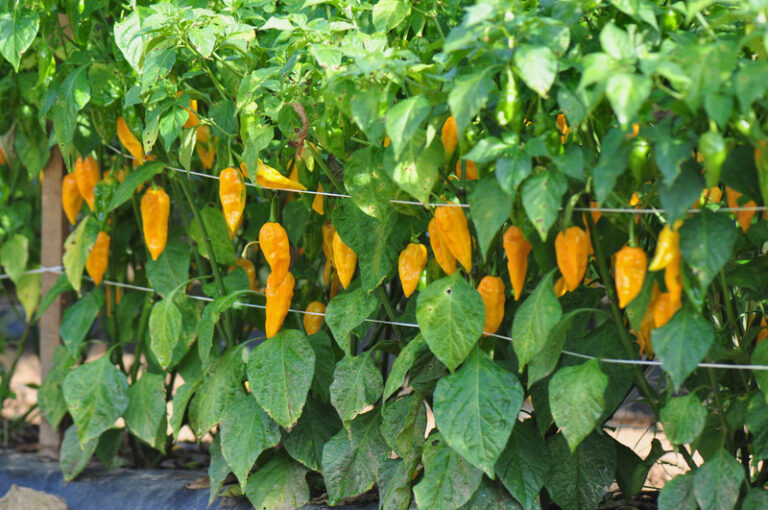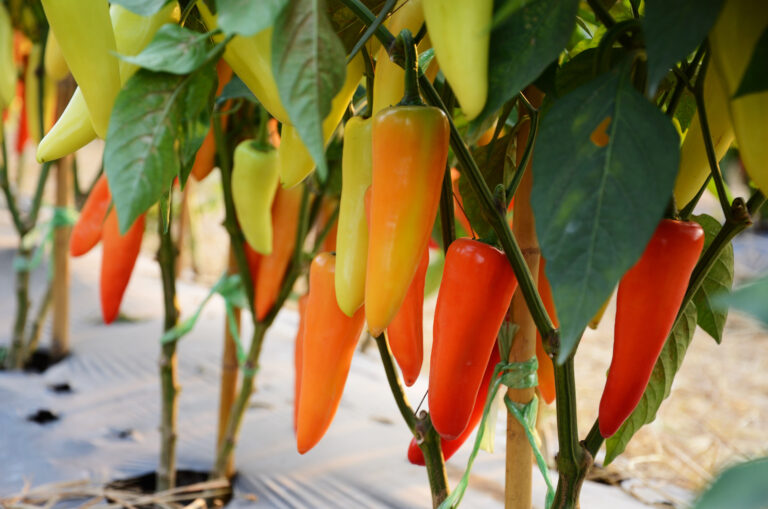Growing Peppers Indoors Under Grow Lights
Peppers are heat-loving plants that often struggle in cooler climates or short growing seasons. But with the right setup, you can successfully grow peppers indoors year-round. Using grow lights creates the ideal environment for strong plants and continuous harvests, even when it’s snowing outside.
This guide will walk you through the process of growing peppers indoors, based on proven horticultural practices and personal experience.
Why Grow Peppers Indoors?
Indoor growing offers several key advantages:
- 🌞 Year-round harvests regardless of outdoor weather
- 🌱 Controlled environment with consistent light, temperature, and humidity
- 🐞 Reduced pest pressure compared to outdoor gardens
- 🌿 Experimentation opportunities with rare or exotic pepper varieties
Step 1: Choosing the Right Pepper Varieties
Not all peppers perform equally well indoors. Compact or dwarf types are best. Good options include:
- Mini Bell Peppers – Compact and sweet
- Hungarian Wax – Thrives in containers
- Thai Chili or Cayenne – Prolific producers of smaller fruits
- Jalapeños – Adapt well to indoor conditions
💡 Tip: Avoid very large bell pepper varieties indoors—they need too much light and space.
Step 2: Selecting the Best Grow Lights
Peppers need 14–16 hours of light daily for healthy growth and fruiting. Options include:
- LED Grow Lights – Energy-efficient, full spectrum, low heat output (best for beginners and advanced growers alike)
- T5 Fluorescent Lights – Affordable and effective for seedlings, but weaker for mature plants
- HID Lights (MH or HPS) – Powerful, but produce excess heat and use more energy
👉 For most home growers, full-spectrum LED grow lights are the ideal choice.
Step 3: Soil & Containers
- Use a well-draining potting mix with compost or coco coir.
- Choose containers at least 3–5 gallons in size for strong root development.
- Ensure good drainage—pepper roots hate soggy conditions.
Step 4: Temperature & Humidity
Peppers thrive at:
- Daytime: 70–80°F (21–27°C)
- Nighttime: 65–70°F (18–21°C)
Maintain 40–60% humidity. Too dry, and flowers drop. Too humid, and fungal diseases may appear.
Step 5: Feeding & Watering
- Water when the top inch of soil feels dry—avoid overwatering.
- Fertilize every 2–3 weeks with a balanced vegetable fertilizer or organic options like fish emulsion and kelp meal.
- During fruiting, switch to a fertilizer higher in potassium and phosphorus.
Step 6: Pollination Indoors
Since wind and pollinators aren’t available indoors, you’ll need to help:
- Gently shake plants to distribute pollen.
- Use a small paintbrush or electric toothbrush to transfer pollen between flowers.
Step 7: Harvesting Indoors
Indoor peppers usually take a little longer to ripen compared to outdoor plants. Harvest when:
- Fruits are fully colored (red, yellow, or orange depending on variety).
- Peppers feel firm and glossy.
Experience-Based Insight
In my own indoor growing experiments, I’ve found that Thai chilies and jalapeños perform best under LED grow lights. Consistent temperature and pollination made the biggest difference—without hand-pollination, fruit set was disappointing. Once I added that step, yields doubled.
Final Thoughts
Growing peppers indoors under grow lights allows you to enjoy fresh, homegrown spice and sweetness year-round. With the right lights, soil, and care, your indoor garden can be just as productive as an outdoor one.
🌶 Peppers Growing Hub
Start here:
- How to Plant and Grow Hot Peppers: A Gardener’s Guide to Spicy Success
- How to Grow Sweet Peppers: A Gardener’s Guide to a Bountiful Harvest
Getting Peppers Started (general prep)
- Seed Starting Peppers: Proven Method for Strong, Healthy Plants
- Soil Preparation for Peppers: The Secret to Strong Roots and Big Harvests
- Best Hot Pepper Varieties to Grow for Salsas, Sauces, and Drying
- Best Sweet Pepper Varieties to Grow
- World’s Hottest Peppers You Can Grow in Your Garden
- The Science of Pepper Heat: Understanding Scoville Units
- Growing Peppers Indoors Under Lights
- Companion Planting with Peppers: Best and Worst Neighbors in the Garden
Planting & Growing Peppers
- When and How to Transplant Pepper Seedlings Outdoors
- 10 Steps to Grow a Bumper Pepper Crops
- How to Grow Hot Peppers in Containers: Tips for Small Spaces
- 7 Tips for Growing Peppers in Pots
- How to Grow Colored Bell Peppers: How to Get Reds, Yellows, and Oranges
- Cross-Breeding Hot Peppers at Home: A Beginner’s Guide
- How to Water & Fertilize Sweet Bell Peppers for Maximum Yield
- Pruning Pepper Plants for Healthier Growth and Bigger Harvests
- Six Tips to Grow Peppers for Flavor
- Pepper Season Extension & Overwintering: How to Keep Plants Producing Longer
Pepper Care & Troubleshooting
- Pepper Pests, Diseases, and Problems—How to Fix Them Naturally
- Caring for Peppers: Mid-Season Problem Cures
- How to Increase the Heat of Hot Peppers Naturally
- Overwintering Pepper Plants Indoors
- How to Overwinter Pepper Plants in Any USDA Zone
Harvesting & Preserving Peppers
- When to Harvest Hot Peppers for Maximum Heat
- How to Harvest Sweet Peppers for the Best Flavor
- How to Preserve Hot Peppers: Drying, Fermenting & Pickling
- How to Ripen Green Peppers Indoors
- Saving Pepper Seeds for Next Year’s Crop
Cooking & Using Peppers
- Preparing and Serving Sweet Peppers – Harvest to Table
- Five Ways to Cook and Serve Chili Peppers
- Stuffed Peppers: Best Varieties for Cooking
- Cooking with Hot Peppers: Flavor & Safety Tips
- How to Handle Hot Peppers Without Burning Your Skin

